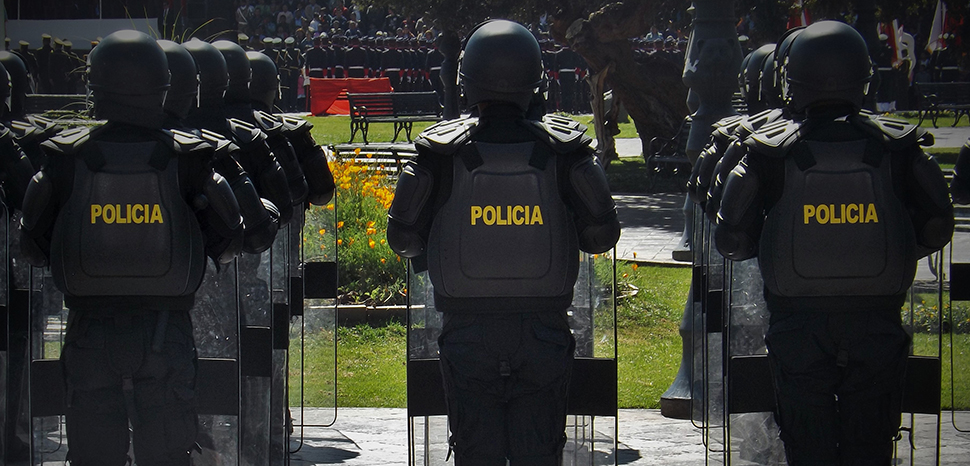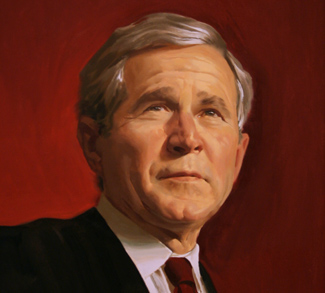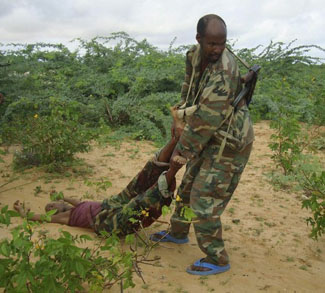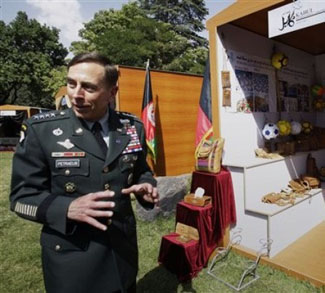Only months after then-President Pedro Castillo attempted an executive coup, Peru is set to implement a historic increase in military spending. In 2023 alone, the budget is set to expand by nearly $100 million, with a final budget projection of $2.6bn by 2028. Proponents argue this augmentation is necessary to combat an ever-growing laundry list of threats. It’s true that Peru has had its hands full in recent years on issues ranging from narco-terrorism to Shining Path insurgents. However, it would be a mistake to evaluate this ballooning of defense spending without considering its political context. Considering recent flirtations with authoritarianism, this expansion of military strength poses troubling questions for the future of Peruvian democracy.
Originally proposed in August of 2022, Peru’s updated defense policy can trace its origins back to the Castillo regime. The former president had planned for a 9% increase in government spending before his departure, a plan which was largely left unaltered by his successor. Peru’s military budget has traditionally been weak compared to its neighbors. In 2021, the portion of Peru’s GDP spent on defense was 1.12%, well behind Chile, Ecuador, Brazil and Colombia. However, there has not been a correlation between the prosperity of Peru as a nation and its military spending. Despite spending less on their armed forces, Peru is much wealthier and economically prosperous than both Ecuador and Colombia.
This fresh allocation of funding goes far beyond just bolstering pre-existing programs. As part of the initiative, the armed forces will be strengthening its defense partnerships with several countries, including Russia. For decades Moscow has been eagerly integrating itself into Peru’s military, selling weapons and equipment that others have refused to offer. Since 2014, Russia has sold hundreds of T-90 Main Battle Tanks to Peru, replacing the far outdated 300 AMX-13 French light tanks and Soviet-made T-55 tanks. In addition to its goal of forming stronger international partnerships, the plan will also invest heavily in the construction of frigates, submarines, aircraft, and personnel carriers.
President Castillo’s attempted executive coup last December set off alarm bells across the democratic world. Regional power brokers Brazil and Chile both quickly condemned the president’s actions, backed up by the U.S. State Department. Castillo’s ouster temporarily averted a constitutional crisis; it certainly did not rectify the longstanding vulnerability of Peru’s democracy. This was not Peru’s first experience with an autogolpe: Castillo’s was the third in just the last 30 years. In 2019, President Martín Vizcarra also tried to shut down congress. And in 1992, President Alberto Fujimori actually successfully orchestrated an executive coup, establishing a personalized dictatorship that would last nearly a decade. The threat that a powerful military poses to democracy is largely irrespective of the political environment, but Peru’s intimate history with governmental upheaval makes the situation exceptionally worrisome.
Faced with a political crossroads of her own, President Dina Boluarte has opted for expediency and security, rather than strengthening the already fraying fabric of democracy. This is not entirely surprising, as Boluarte enjoyed broad support from the Peruvian far-right even before taking power. Within weeks of ascending to the presidency, Boluarte’s government allegedly perpetrated massacres of protesters at Juliaca and Ayacucho, prompting her own government to begin investigations into her aggressive measures. Observers and analysts alike have expressed concern that Boluarte might be harboring authoritarian ambitions of her own.
There’s no doubt that Peru faces plenty of threats, both inward and outward. To an extent, perhaps an incremental increase in defense spending is warranted. However, this unprecedented expansion of the armed forces at such a politically delicate time is not only unwarranted, but foolish. This isn’t the first time that an imperialistic, right-wing president took advantage of a growing military in Lima. Alberto Fujimori’s successful coup in 1992 was firmly based on a partnership with the military. However, even without Boluarte, this enlargement of security prowess alone creates a vacuum that demands to be filled. This institutionalized rivalry between democratically elected officials and the armed forces rarely ends well, mostly because only one side typically has guns.
Peru is surrounded by evidence that an unchecked military is a threat to democracy. Since World War II Chile, Argentina, Paraguay, Uruguay, Brazil, Ecuador, Columbia, and Venezuela have all experienced a coup, most of which involved the military. Bolivia alone has experienced 11 successful coups since 1950. Taken together, from 1900 to 2006 Latin America experienced 162 coups. However, perhaps what is most alarming is the attitudes towards a military coup in Peru itself. In the midst of tremendous upheaval and instability, the security and steady stewardship offered by a military dictator can prove attractive to many. Survey data from January of 2023 showed that nearly 40% of Peruvians would approve of a military coup.
There is perhaps no institution more fundamentally hostile to democracy than an independent, powerful military. Time and time again, strongmen in lavishly decorated uniforms have violently disposed of democratic leaders using brute military strength. From Julius Caeser to Muammar al-Qaddafi, history has shown that democracies must remain vigilant against threats from both within and without. There is no doubt that Peru has demonstrated remarkable democratic resiliency in recent years. However, the country now finds itself in a perilous position. Fresh off a second coup attempt in five years, and now possibly facing a third, there is only so much pressure a system can take. Like democracy, a branch can only bend so far until it finally snaps.
The views expressed in this article belong to the authors alone and do not necessarily reflect those of Geopoliticalmonitor.com.




